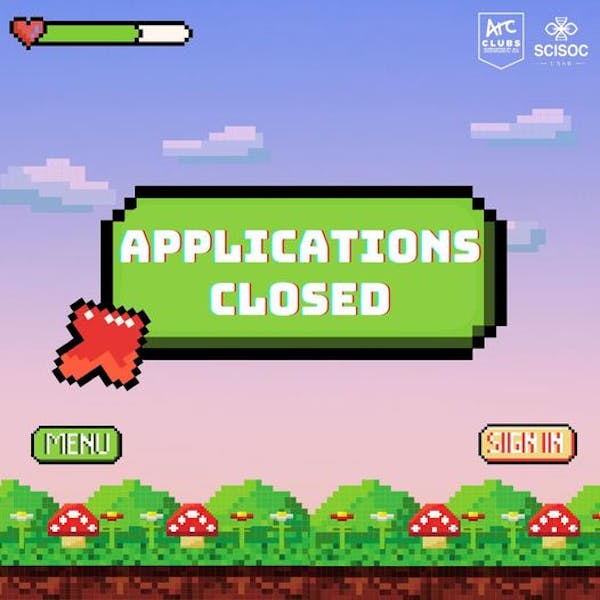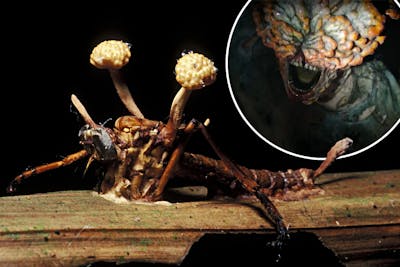It can then force the ant to climb to the highest point of a plant and clamp down on it, creating the ideal situation for the fungus to explode out of its head and infect the rest of any nearby ant colonies.
Now apply that same logic to infecting humans. From a biological perspective, the possibility of cordyceps infecting humans right now is very low. Their uniqueness is super species-specific and can’t even jump from infecting one insect species to another, let alone an organism related to humans. In fact, the fungus, cordyceps, is widely researched and sometimes used in traditional medicines. So as disappointing as that may sound, there are no signs of zombified humans yet!
However, it also doesn’t seem theoretically impossible either. Factors like climate change could put pressure on such species to evolve and infect humans. In a warmer world, fungi will also need to adapt to temperature changes and as such, imagine their optimal growth temperatures becoming higher and closer to human body temperatures.
Climate change may have allowed a deadly fungus called Candida auris to acclimate to human body temperatures. A version of the fungus that could infect humans independently emerged on three continents from 2012 to 2015.
Not to worry as most fungal species simply can’t reproduce at human body temperature (37°C). But as the world warms these strains either have to die or adapt and that raises the possibility that fungi that now infect insects or reptiles, could evolve to grow at temperatures closer to human body temperature. At the same time, humans’ average body temperature has been falling since the 19th century, which means the possibility of a post-apocalyptic world coming to life may no longer be a fantasy but a consideration to have for the upcoming future challenges.











